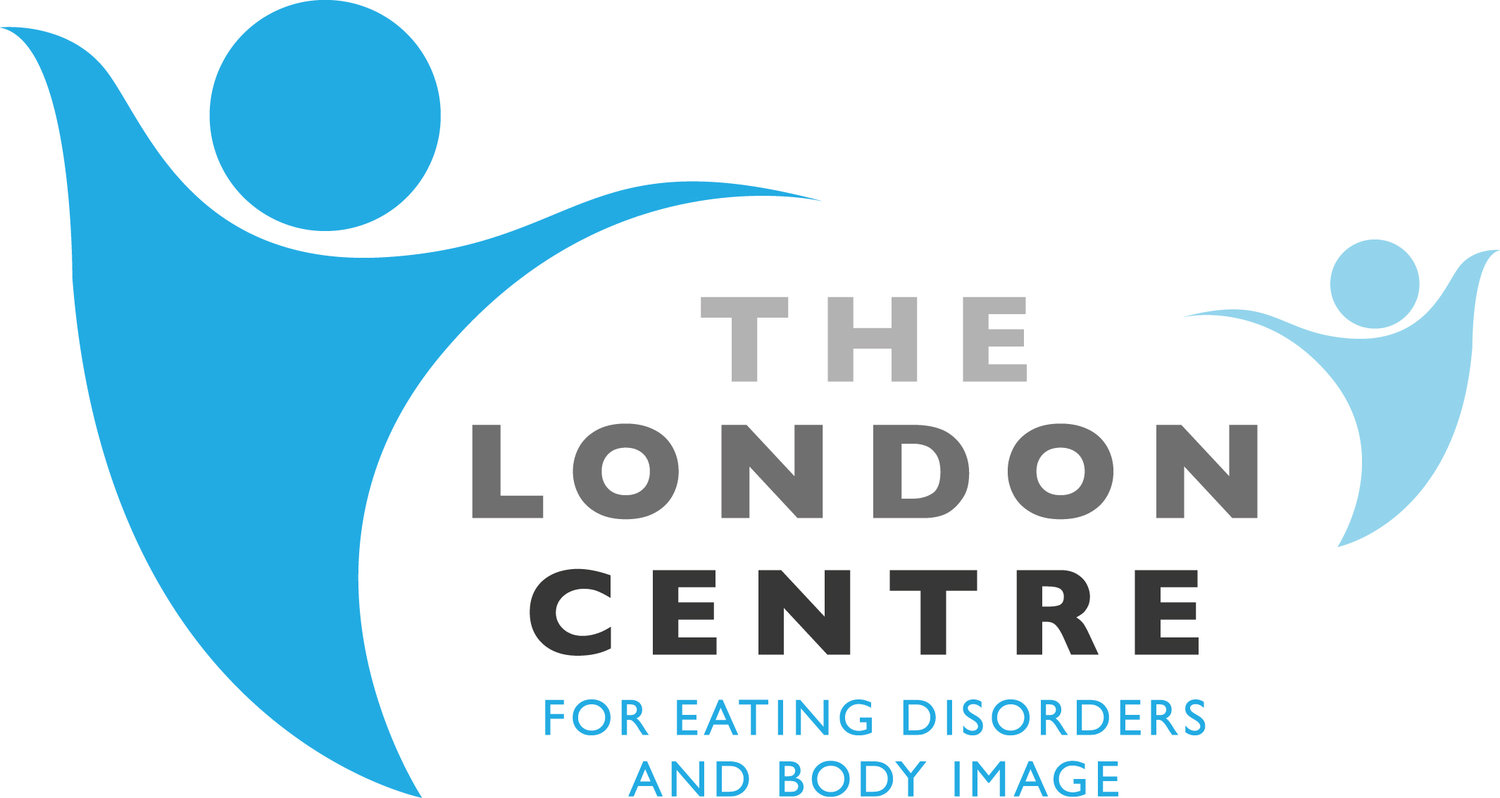Understanding Co-Occurring Disorders: Trauma and Disordered Eating
As all eating disorder clinicians will attest to, there are a high number of eating disorder clients who also report past trauma and PTSD symptoms. Studies exploring the relationship between trauma and disordered eating symptoms have suggested that rates of comorbidity range between 37% and 100% depending on the study, with little difference reported in the presence of trauma symptoms between different ED diagnoses. Studies have also suggested that the presence of trauma can lead to more severe symptomology and certainly many clinicians acknowledge that the presence of trauma symptoms will usually require extended or a more heavily adapted treatment approach.
Unravelling the Threads: What is Trauma in the context of Eating Disorder
Trauma can exist in both ‘little t’ form (smaller more common traumas such as relationship breakdowns), and ‘big T’ form (more major trauma such as sexual or emotional abuse). Trauma essentially though can include a multitude of different experiences, and is assessed related to the resulting thoughts, feelings, meaning and symptoms rather than according to the event itself. More commonly trauma is reported prior to the onset of an eating disorder, however of course it can also occur following onset, and sadly the presence of trauma symptoms directly related to eating disorder treatment is also not uncommon. This usually, though not always, relates to inpatient treatment approaches where the treatment approach may be less collaborative.
Symptoms of Trauma can include:
Flashbacks and Intrusive Memories: Vivid recollections of traumatic events that intrude upon daily life.
Avoidance: Steering clear of situations, places, or people that trigger reminders of the trauma.
Hyperarousal: Heightened sensitivity, being easily startled, and having difficulty relaxing.
Negative Changes in Thinking and Mood: Persistent negative thoughts, mood swings, and feelings of isolation.
Changes in Emotional Reactions: Overwhelming emotions, heightened irritability, or emotional numbness.
The Vicious Cycle: Understanding the link between Eating Disorders and PTSD
Trauma and disordered eating will often create a self-perpetuating cycle. Sometimes the presence of trauma symptoms means that core cognitions related to shape and weight are not as present at the onset of an eating disorder. The eating disorder serves the function of emotional escapism, emotional dissociation, control or punishment. Trauma can also lead directly to negative body image, commonly though trauma related to the body. Of course once an eating disorder is established distorted weight and shape cognitions usually follow, and certainly become more entrenched due to the focus and preoccupation on food and weight. Disordered eating patterns can also contribute to feelings of shame and guilt, amplifying the impact of past traumas. Additionally the impact of eating disorder symptoms can lead to such a level of dissociation from the body, thoughts and feelings that understanding and processing trauma experiences becomes almost impossible. Breaking this cycle requires a nuanced understanding of the interplay between the two and a commitment to addressing both aspects simultaneously or at least within the same treatment experience.
Building Bridges to Recovery
Recognising the presence of trauma symptoms is a crucial first step in effective treatment planning. Therapeutic approaches like psychotherapy, Cognitive Behavioural Therapy (CBT) and Eye Movement Desensitisation and Reprocessing Therapy (EMDR) can be effective in addressing both trauma and disordered eating. These approaches, among other things, allow for a focus on the symptoms of the eating disorder to promote a healthier relationship with food and body, foster alternative emotional coping tools that reduce the drive towards eating disorder symptoms, and aid the processing of past trauma to change the meaning and emotional responses attached to these experiences. Cultivating self compassion, and utilising support systems outside of just the therapeutic relationship can also be essential elements in moving towards meaningful change.
Separating eating disorder and trauma symptoms within treatment: The dilemmas
It can be hugely disheartening to receive messages that trauma cannot be addressed while an eating disorder is present, or that an eating disorder is ‘untreatable’ due to its persistence in the face of treatment approaches that do not adequately address trauma symptoms.
It is highly probable that if only the symptoms of the eating disorder are addressed, with the trauma left unprocessed, the eating disorder will have every reason to come back at a later point. Equally focussing on the trauma and ignoring eating disorder symptoms can be both unsafe and problematic as the trauma cannot be properly accessed while the symptoms of an eating disorder remain present. It can often feel overwhelming however to embark on both symptom change and trauma processing at the same time, so the way in which symptoms are addressed in therapy, and in what order, must be very carefully and collaborative thought though.
Conclusion
In the intersection of trauma and disordered eating, a comprehensive approach is indispensable. By recognising the interconnectedness of these challenges, understanding their symptoms, and embracing a holistic path to recovery, individuals can reclaim control over their lives. At The London Centre, we aim to address the underlying mechanisms that maintain the eating disorder and to process past trauma so that our clients can begin to live a life free of disordered eating and PTSD symptoms. We use a number of different, tailored and specialist treatment approaches and meet the challenges of this interplay of symptoms with understanding, compassion, and the prioritisation of a strong therapeutic relationship. With the right support, the journey towards healing is never impossible.
For more information or if you wish to book an appointment, please click here.

